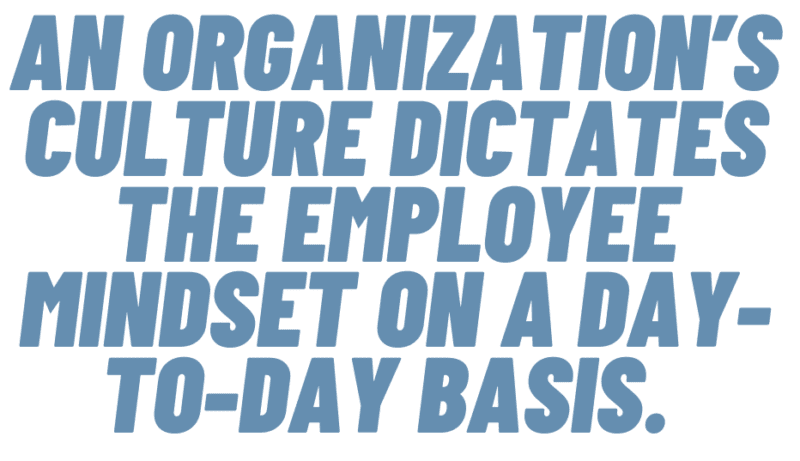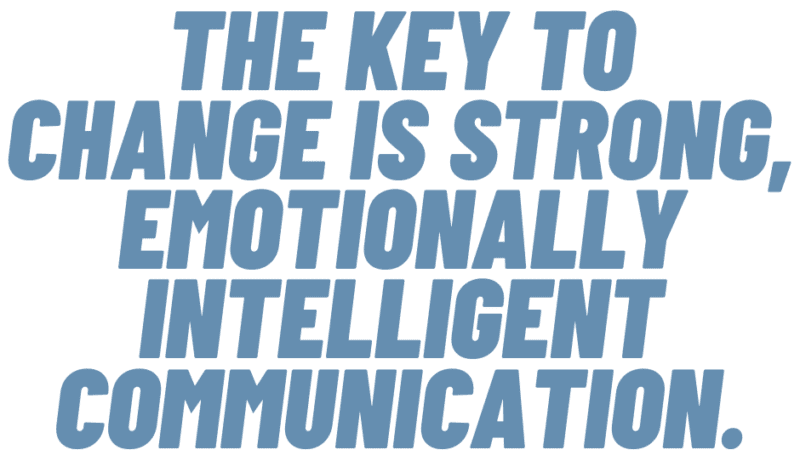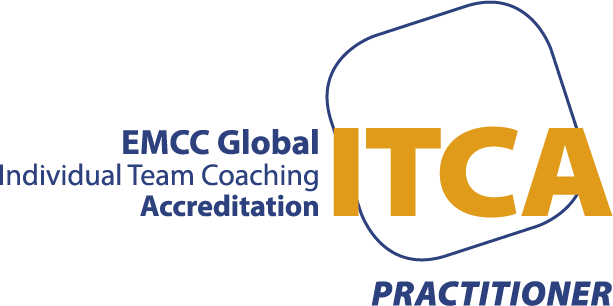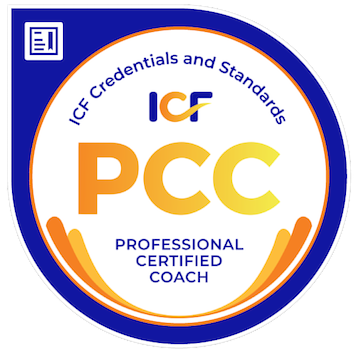A strong culture starts from the top. Are you, as a leader, modeling what you hope to see, or are you perpetuating a toxic workplace environment? 
Financial gain and job satisfaction begin with you. Continue reading to discover the steps toward leading organizational culture change in the workplace.
What Is Organizational Culture?
An organization’s culture dictates the employee mindset on a day-to-day basis. This includes the mindsets of executives at all levels, team members, and even the janitorial staff. Your organization culture should include values, norms, and beliefs that dictate the overall climate.
The Link Between Organizational Culture and Leadership
If your organization doesn’t have a workplace culture, one will form anyway. If you allow this culture to form organically, it’s possible for a negative or toxic culture to develop. The best way to dictate and encourage a strong, positive culture is through direct modeling.
While one leader cannot influence every individual team member, they can encourage leaders to model these values at every level. As a result, you will build trust, open communication, embrace innovation, and thrive.
As a leader, you can influence your organization’s culture in the following ways:
- Communicate: Every employee, from the CEO to the cafeteria worker, should understand how they contribute to the success of the organization. Regular qualitative assessments can be helpful.
- Model: The way you, as a leader, act under stress is powerful. Your team will look to you to understand how to move ahead. Are you flexible, transparent and persuasive?
- Reward: Celebrate what you wish to see in the workplace. Focus on rewards and feedback over punishment or disciplinary action. You will be giving attention to the behaviors, outcomes, and attitudes you want to see.
The key to change is strong, emotionally intelligent communication. Be the type of leader you wish you could work under. When trust is at the center of your culture, behavior, and attitudes will begin to change.
What Can a Shifting Organizational Culture Look Like?
For example, imagine you hope to build an organization where innovation is a value. Take a look at the ways you are (or aren’t) currently rewarding risk taking.
 When did you last shout out a stand-out innovator at an all-hands meeting? Do you have systems in place that allow employees to suggest or try out new processes or ideas? If you want to make risk taking safer, you might consider celebrating failed attempts in a “Innovation Hall of Fame.”
When did you last shout out a stand-out innovator at an all-hands meeting? Do you have systems in place that allow employees to suggest or try out new processes or ideas? If you want to make risk taking safer, you might consider celebrating failed attempts in a “Innovation Hall of Fame.”
If you encourage and reward the behavior, thinking, and attitudes you want to see, your team will better understand your expectations. It’s amazing how quickly they will rise to the occasion once they understand they can!
Transform Your Leadership to Transform Your Organizational Culture
A healthy, positive organizational culture begins with strong leadership. When was the last time you took stock of your emotional intelligence skills?
When you work with a coach from Bay Area Executive Coach, you can brush up on critical interpersonal skills. You’ll grow as a leader through six months of weekly sessions. Your certified executive coach will use a unique blend of assessments and surveys to help you assess your growth.
The power to transform your organization’s culture is in your hands. Contact us today to discuss scalable coaching and training options.
Here are more resources related to this topic
Articles:
- The Role of Team Training in Building Company Culture
- Key Responsibilities and Skills Required for a New Executive Leadership Role
- Best Practices for Creating an Effective Leadership Training Program at your Company
- From Manager to Leader: Executive Coaching for Leadership Development
- Empowering Your Leadership Through Executive Coaching Services
- Self-Awareness: A Foundation of Leadership Success
- Preparing for Advancement or Success in a New Leadership Role
- The Role of Team Training in Building Company Culture
- Creating a Culture of Coaching in an Organization
- Building a Culture of Accountability in Your Organization
Case Study:
- Guiding a Leader To Employ Emotional Intelligence at Work
- Bringing a Team Together for Strategic Planning Success
Ebook:
Guide:
- 7 Tips for Building a Culture of Accountability
- 6 Steps to Raise Employee Engagement
- 11 Ways to Make Your Company a “Best Place to Work”
Videos:
- Leadership Training Series YouTube Playlist
- Elevate Your Leadership – The Art of Being Fully Present in Meetings
- TOP 10 Characteristics of a Leader With Executive Presence PART 1
- Top 10 Characteristics of a Leader With Executive Presence PART 2
- Five Steps to Greater Accountability in Your Organization
- Don’t Panic! How to Stay Accountable in 6 Common Tough Situations as a Leader
- Accountability in Email and Working With Friends!
- Do you have Accountability in Your Organization?
Photo copyright: Featured photo is from ©Shutterstock.




















